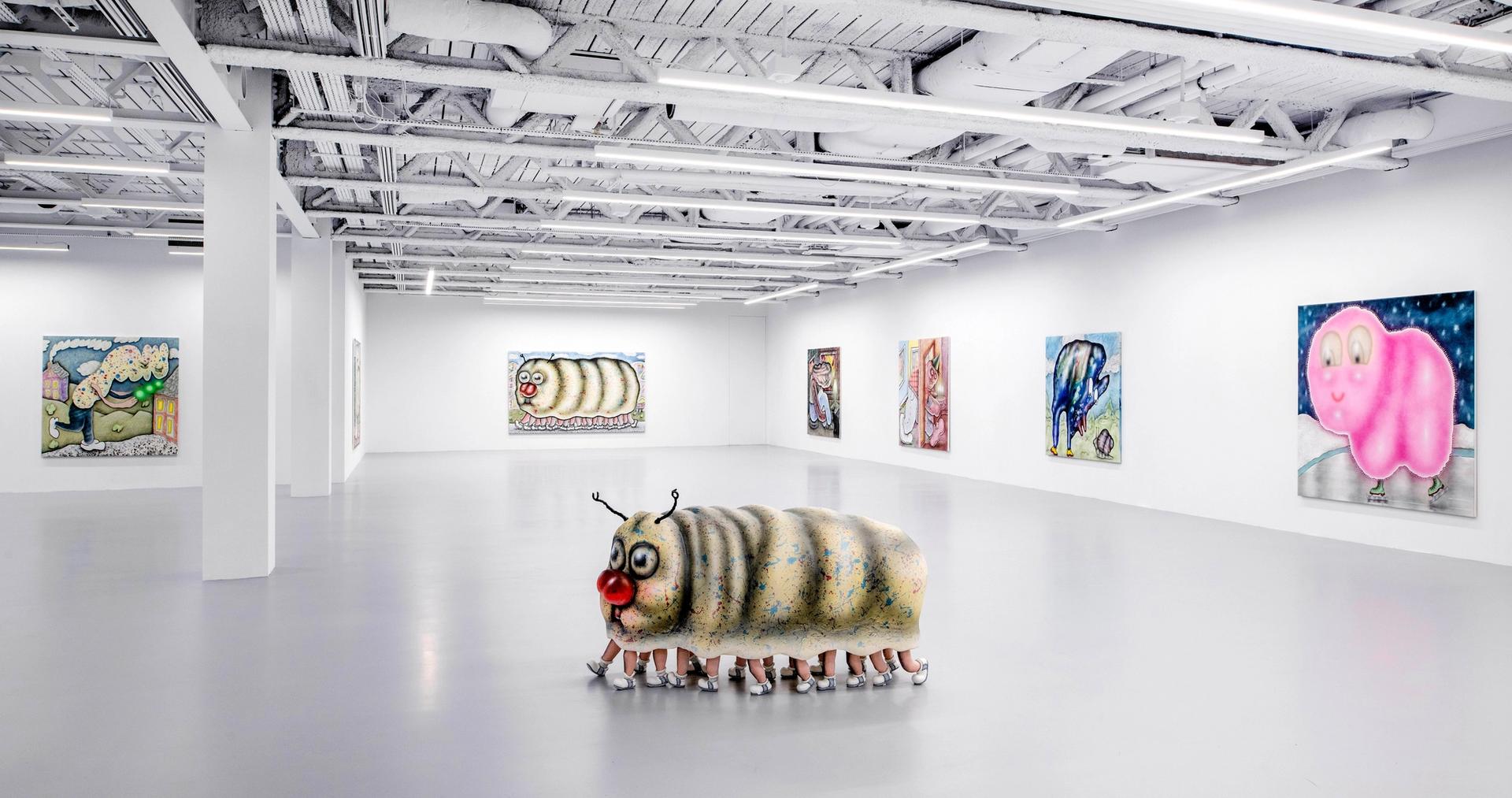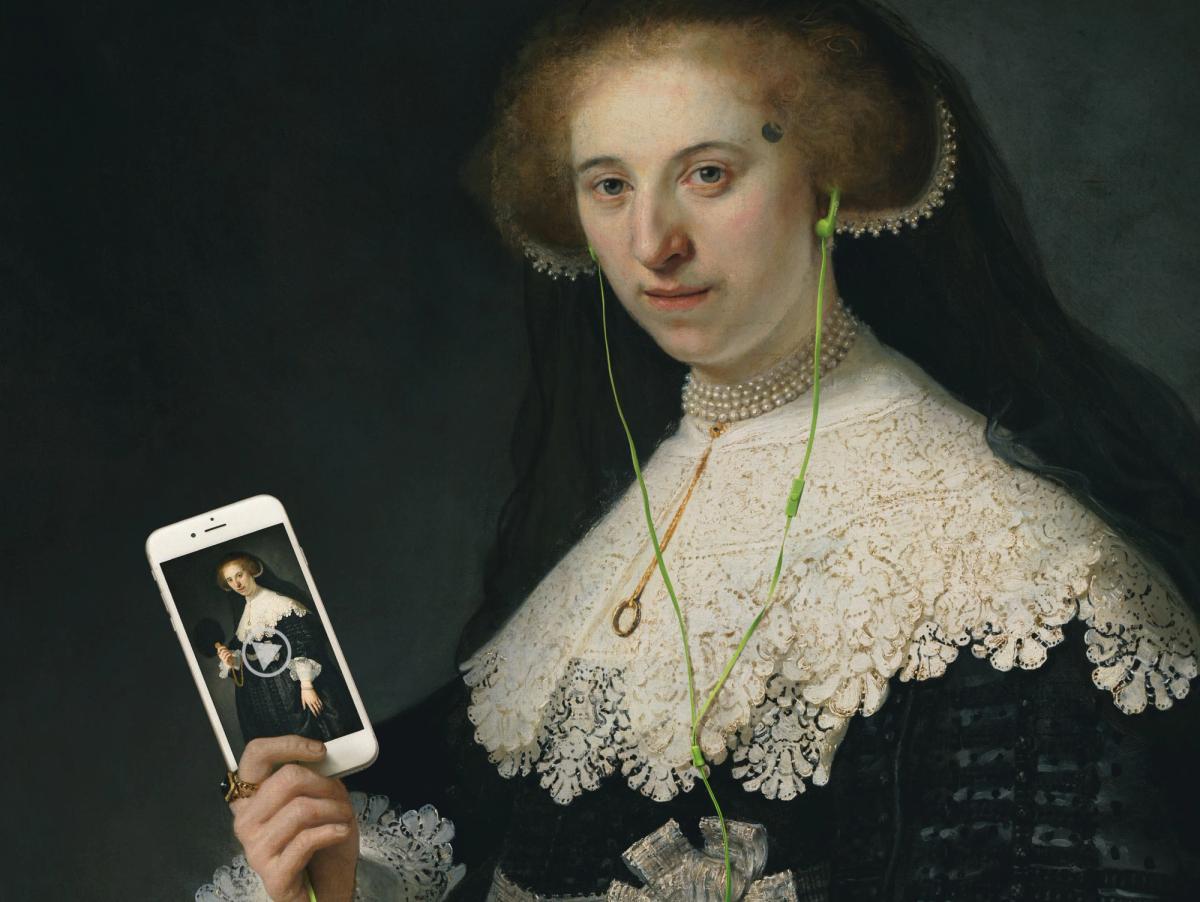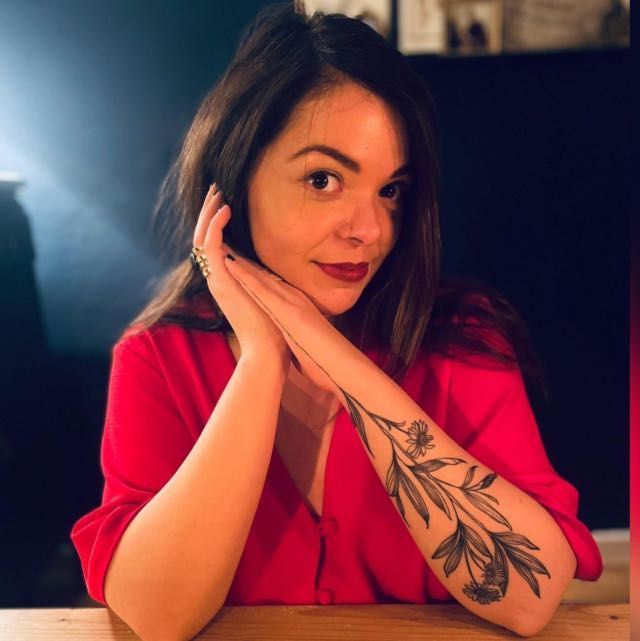Each year I analyse museums’ social media follower numbers and every year I wait for the banks to break and a TikTok flood to be unleashed. It still hasn’t happened. Looking at the total Instagram, Facebook, Twitter and TikTok followers for the 100 most-visited museums in our annual attendance survey, only 21 are using TikTok, and just six of those have more than 100,000 followers. It’s making me start to question—does the art world not like TikTok?
The reasons for joining the Chinese-owned social media app—which allows users to create, discover and share short-form videos—are plentiful. It has 1.5 billion active monthly users, making it the sixth most popular social media platform in the world. Around 60% of those users are aged between 16 and 24, a key demographic to reach to ensure the future of the industry. TikTok’s secret algorithm is “uncannily good at predicting what videos from around the site are going to pique your interest”, according to a Guardian report, meaning that the people that your content reaches are often exactly the right audience. The app’s format of seamless swiping through an endless stream of content also makes it addictive—Forbes described it as “digital crack cocaine”—which in turn increases the chances of your video going viral.

An installation view of the exhibition by TikTok sensation Michael Todd Horne—known as Bijijoo—at London's Saatchi Yates (until 28 May) Courtesy of the artist and Saatchi Yates
There are some in the art world who have managed to make the most of the app. For example, the London gallery Saatchi Yates opened a show last month by the TikTok-famous American artist Michael Todd Horne, who is better known by his handle @Bijijoo. He has more than 110,000 followers and 1.8 million likes. There are even some solo “art historians” who have gone viral, such as Mary McGillivray (@_theiconoclass, 430,000 followers, 11.3 million likes) and Evan Pridmore (@evan.hart, 311,000 followers, 8.3 million likes), with fun and educational snippets about visual culture. And there are a few major museums that have embraced TikTok. Madrid’s Museo Nacional del Prado has 440,000 followers (3.9 million likes), the National Gallery in London has 240,000 followers (1.4 million likes), the Galleria degli Uffizi in Florence has 148,000 followers (1.7 million likes), and the Rijksmuseum in Amsterdam as 132,000 followers (710,000 likes).
But why aren’t more art people and institutions using TikTok? “It’s a tricky platform,” Javier Sainz de los Terreros, the Prado’s digital communication manager, told online platform Blooloop, adding that it’s “not easy to manage”. One of the most difficult things, from an art-world perspective, is its lo-fi quality, intended to be more informal and—dare I say—silly. Museums and art professionals are used to slick productions and—most importantly—being taken very seriously. It can be difficult for organisations to “let go” and have fun on TikTok. If I’m honest, it’s one of the main reasons why The Art Newspaper doesn’t have a TikTok account, too. “The tone that TikTok demands may grate with more traditional audiences,” Adam Koszary, the head of digital at the Audience Agency, told The Art Newspaper. But “as the economy bites, we’ll see a greater effort to connect with new audiences through memes, humour and presenter-led videos”. Maybe it’s time we all lightened up?



